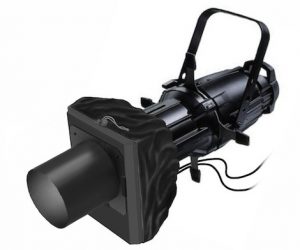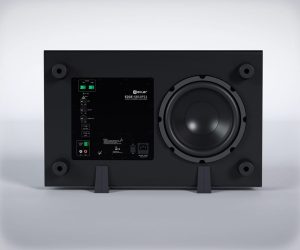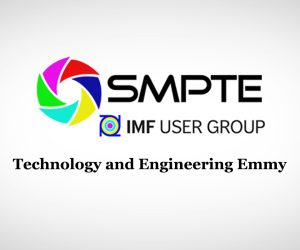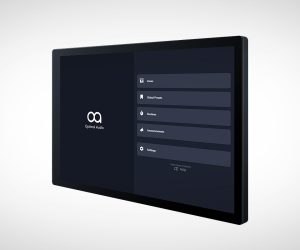
Dispensing With Convention
Epson Moverio goes to work.
Practical, real world use of smartglasses aren’t (yet) two a penny. Which is why this case study for the use of Epson’s Moverio smartglasses is so interesting.
The School of Pharmacy at Griffith University’s virtual learning environment has been equipped with six edge-blended Epson ultra-short throw interactive projectors and Epson’s Moverio BT-300 augmented reality smartglasses.
The new teaching tool allows students to (virtually) work in different environments, including hospital and community pharmacy from anywhere in the world without ever having to leave the classroom.
“One big advantage of the new technology is to facilitate better student preparation for placements which gives both the student and their supervisor a better on-site experience,” says Dr Grant, Deputy Head (Learning and Teaching) from the School of Pharmacy.
Grant and his team undertook a great deal of research into the latest in AR and projection technology and how it could best serve their needs. “Projection was a given and we knew smartglasses were the way forward but finding the right ones took some time as we wanted a dual-vision heads-up OLED display that was easy to use, had a small frame and an integrated camera for augmented reality.”

SMART MONEY
The other requirement was the ability to run applications like Wikitude and to display web-based content with great clarity. Finally it had to be an affordable solution: “When all of our research was concluded there was only one solution that met all of these requirements, the Epson Moverio AR smartglasses.”
Grant has set the classroom up so he can integrate any number of the projectors with the Moverio BT-300 smartglasses. This makes the learning process particularly fluid as he explained, “We can flick between sources and displays seamlessly and rapidly. It’s total interactivity with augmented reality. The Moverio BT-300 are connected via a wireless dongle to our main PC which gives them immediate access to the multiple displays and tablets. As a result we use the BT-300 to find products in the dispensary for the students to work with in realtime and, as all the projectors are linked, all the students are seeing what the wearer of the BT-300 is seeing so it’s a complete, activity-based learning situation.”
He added, “Soon we will be able to wear the BT-300, look at a patient and dispense medication all via the menu system within the smartglasses. The BT-300 allows true AI and true accessibility of information in realtime whilst teaching, learning and practicing medicine and bridges the gap between innovation and education.”
Epson: www.epson.com.au















RESPONSES